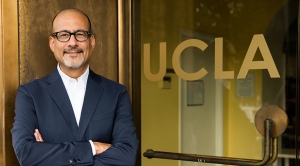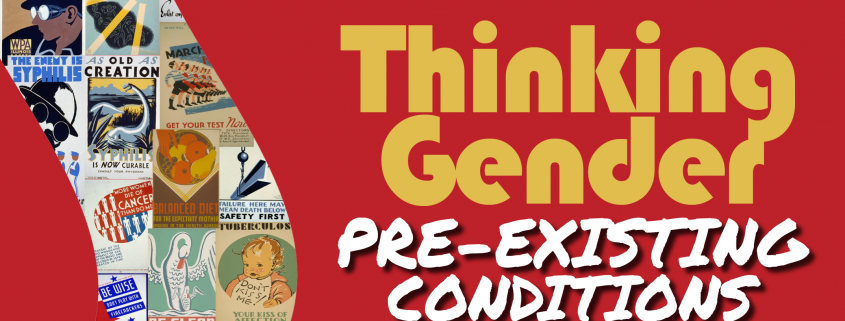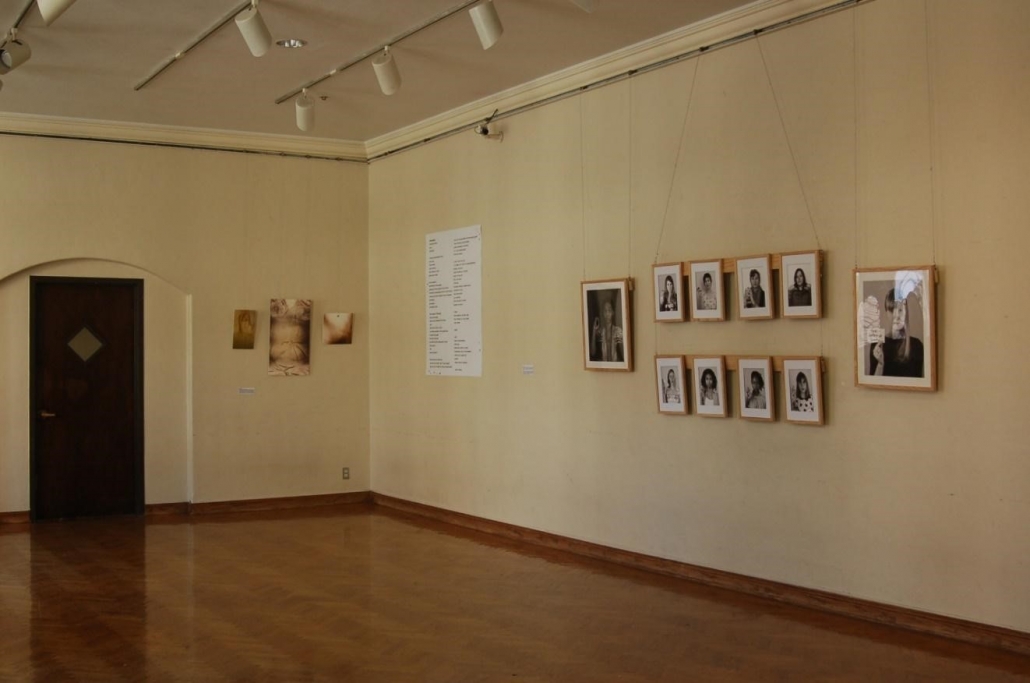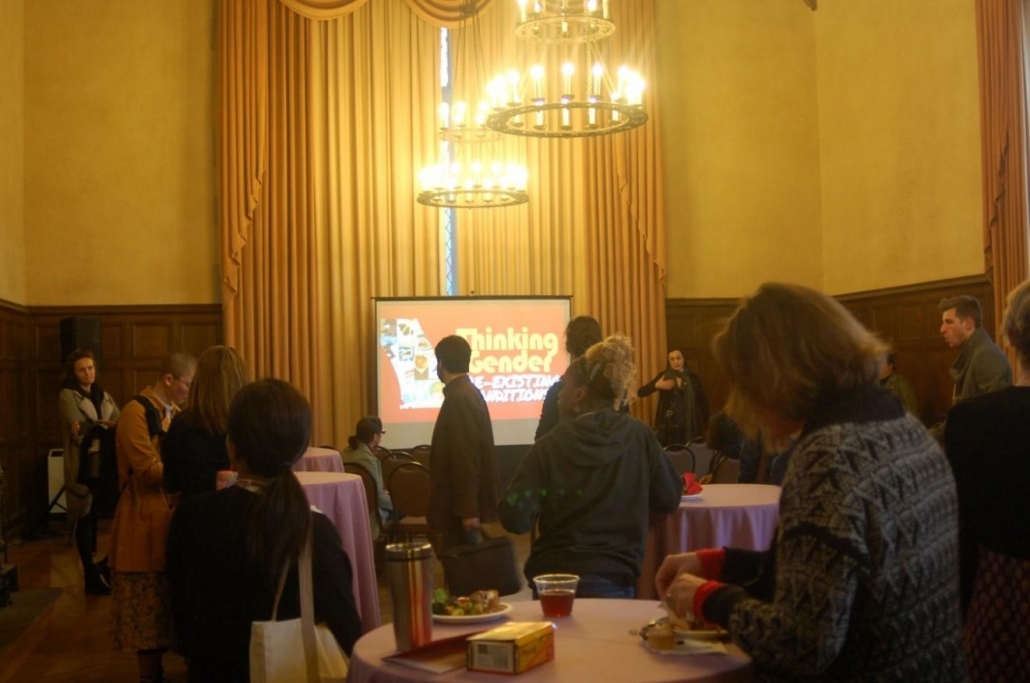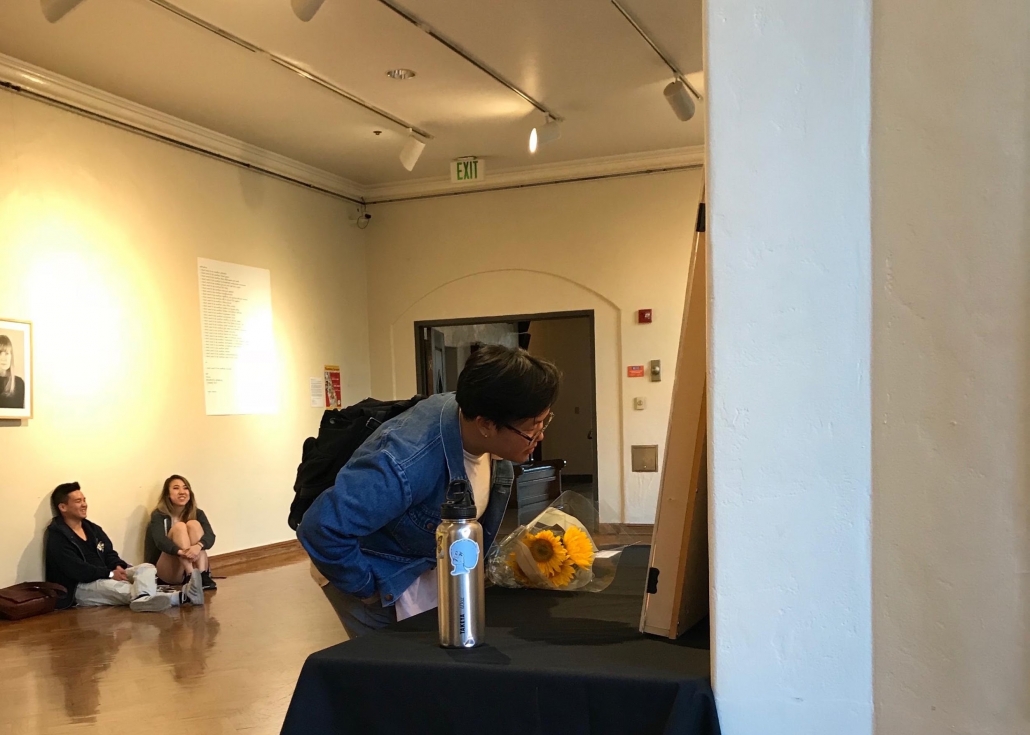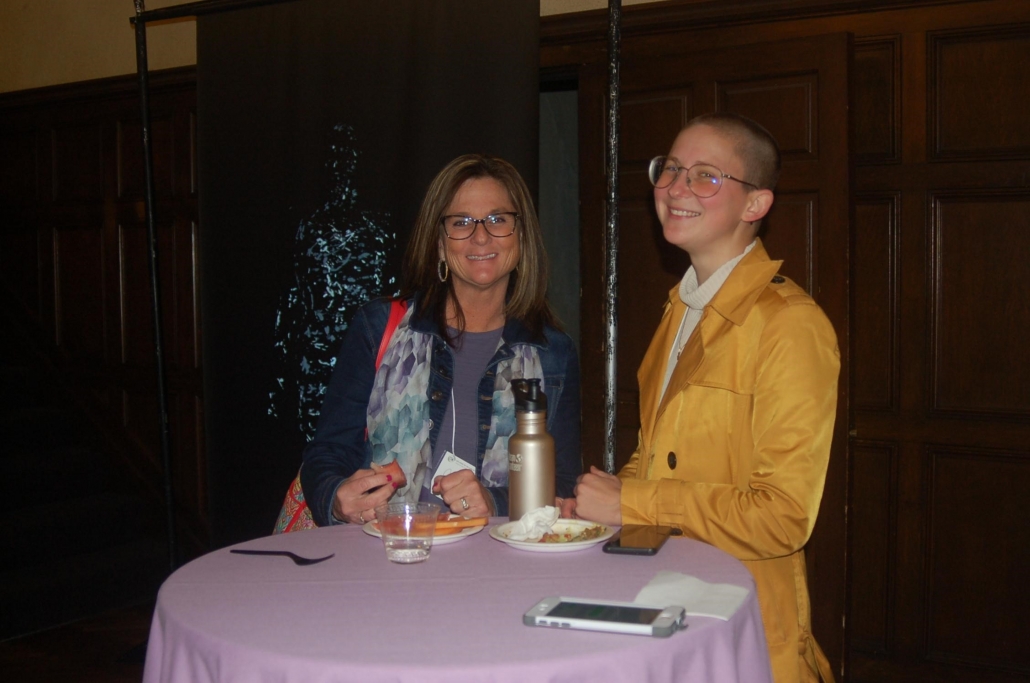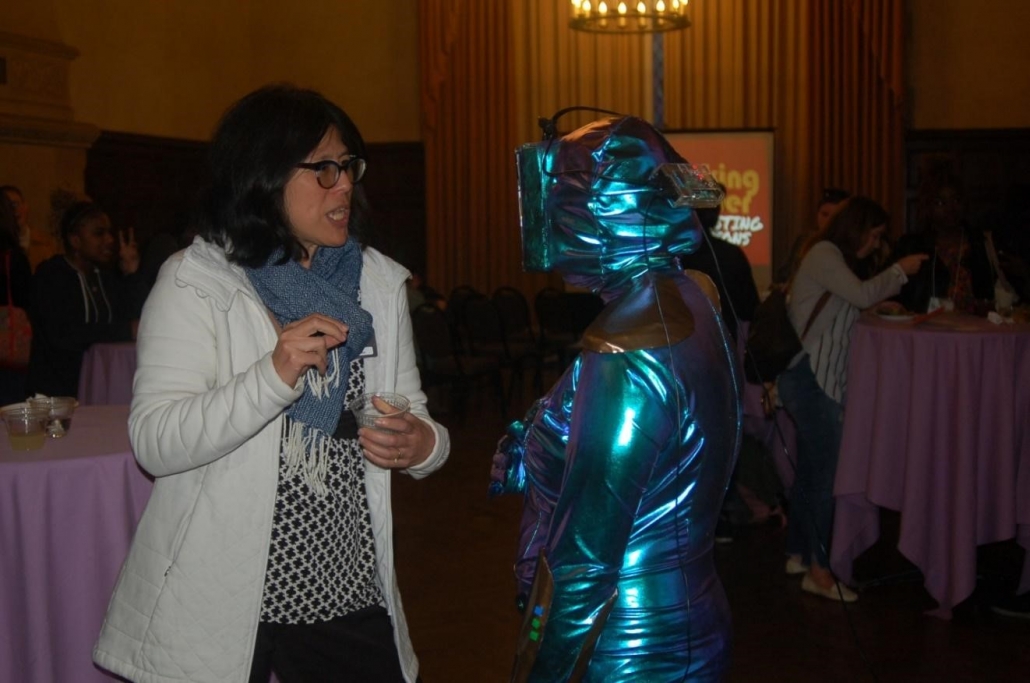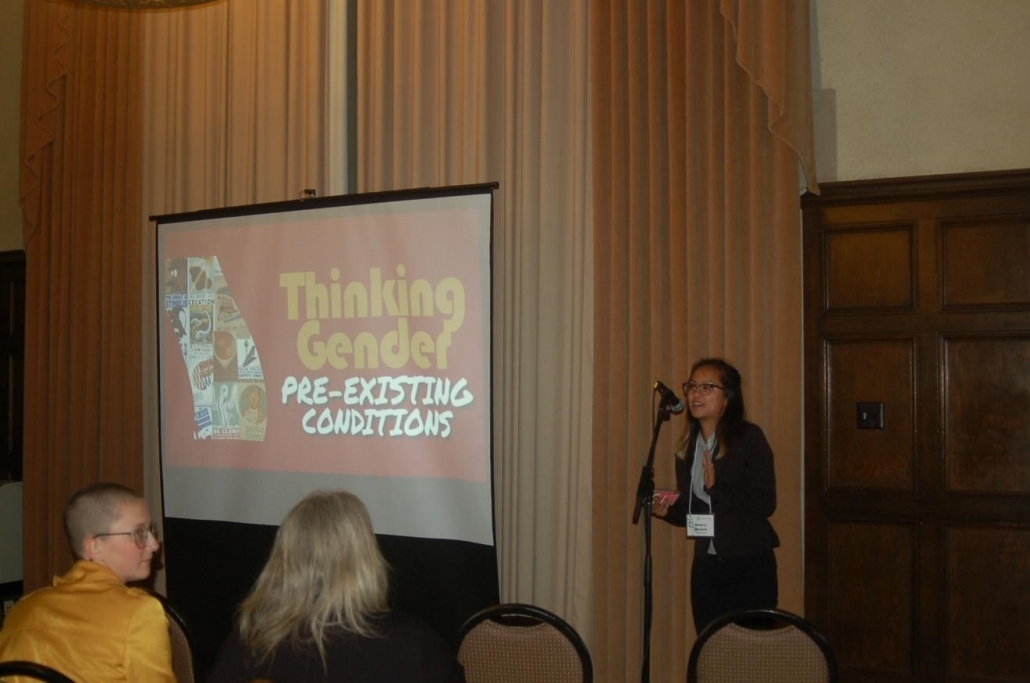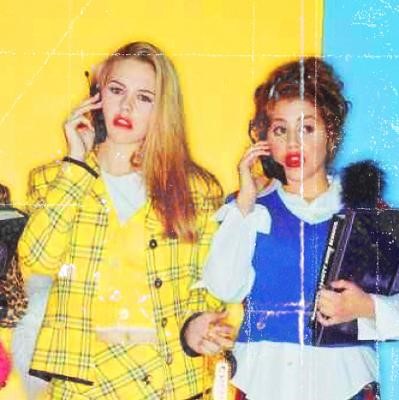
By Tyanna Slobe
PhD student, Linguistic Anthropology, UCLA
‘Mock White Girl’ (MWG) is a concept that I started developing in my MA thesis in Linguistics at the University of Colorado Boulder, and began formulating into an article when I came to UCLA, where I received valuable feedback from several faculty members in UCLA’s Department of Anthropology and Center for Language, Interaction, and Culture (CLIC), as well as feedback from UCLA’s Center for the Study of Women. I use the term to describe performances that parody a linguistic style ideologically associated with a stereotypical, upper middle-class, white girl in the U.S. I got the idea for this research one day while ordering a latte at a hipster Boulder café, after I told the barista my order and he repeated it back in an exaggerated ‘girl’ sounding voice. While he was clearly joking, I realized that he was mocking something related to gender, maybe age, and a particular speaking style, and I became interested in the stigma at root of his mocking performance.
This research, recently published in the journal Language In Society examines how the linguistic, embodied, and social features of MWG are taken up and (re)produced by different social actors across various cultural contexts. Performances are invoked through hyperbolic use of a bunch of linguistic and stylistic variables, including things like uptalk, vocal fry, dynamic intonation, texting language, blondeness, and objects associated with material consumerism, like Starbucks and iPhones. The persona is widely-circulated in U.S. pop culture, and the relevant linguistic variety is often associated with the ’80s and ’90s Valley Girl from Los Angeles’s San Fernando Valley, represented in cult classic films, such as Clueless and Legally Blonde. While this particular stereotype may be iconic of LA and California, the persona has transcended the Valley and is associated with cosmopolitan white femininity all over the US. She does not “live” anywhere in particular; instead she is more recognized through elite institutions and social practices, like Starbucks and shopping.
MWG is grounded in linguistic anthropological research that uses mock as a framework for understanding code switching, social meaning, and power first proposed by Jane Hill in her work on Mock Spanish.[1] Hill defines Mock Spanish as a practice where dominant groups (in this case white, monolingual English speakers) appropriate Spanish words/phrases into their talk for added humor or other social meaning, which, in effect, racializes Latinas/os and perpetuates negative stereotypes of the Spanish language and its speakers as ‘not serious.’ More recently, linguistic anthropologists have explored how mock-like practices are also used in ways that challenge hegemonic power relations, rather than only reinforcing them. MWG is situated in both of these bodies of work. While it’s something that can be used to make fun of voices—like in my encounters with so many hipster baristas—it still draws from a linguistic style associated with a relatively privileged segment of the population: white girls and women. In MWG performances, the mocked linguistic variety is closely related to Standard American English, and its speakers live in a society where white femininity is overrepresented in media representations of girlhood, which normalizes these girls’ experiences at the expense of all other forms of girlhood. For these reasons, it’s important to consider the diverse cultural contexts in which MWG performances occur.
I highlight three genres of MWG performances from videos found on YouTube and Vine. The first, Savior MWG, involves middle-aged white women who use MWG as a means of positioning girls’ voices as sounding unprofessional, inauthentic, and annoying. Here, MWG performances stem from middle class anxieties about girls’ ability to achieve socioeconomic stability in male-dominated corporate spheres. The second genre involves the viral YouTube videos Shit White Girls Say, wherein girls of color use MWG to draw attention to and parody racist things that white girls frequently say and do. In these examples, mock is a resource used to humorously call out white racism. The last genre examines videos made by teenage boys on Vine who use MWG to cast the mocked persona as superficial, irrational, and comical in ways that position teenage girls’ homosocial peer groups as vapid, and thus illegitimate sites of sociality.
Each genre of MWG involves a different moral stance relative to the white girl persona, and these stances vary depending on a performer’s experiences with, and ideologies about, white girls. The ways that white girls in the U.S. are interpreted and evaluated varies significantly among different segments of the population, and MWG gives insight into this phenomenon. My article thus stresses the importance of taking an intersectional approach to studies of linguistic variation and social meaning.
 Tyanna Slobe is a PhD student in Linguistic Anthropology at UCLA. Her dissertation research, funded by the National Science Foundation, compares how teenagers in public and private Chilean high schools come into linguistic practices associated with different class and political identities. She also has a major side interest in how ‘teenager’ emerged as a social category in the U.S. through 20th century media representations that primarily portrayed the experiences of upper middle-class, white girls, which is how this work on MWG originated.
Tyanna Slobe is a PhD student in Linguistic Anthropology at UCLA. Her dissertation research, funded by the National Science Foundation, compares how teenagers in public and private Chilean high schools come into linguistic practices associated with different class and political identities. She also has a major side interest in how ‘teenager’ emerged as a social category in the U.S. through 20th century media representations that primarily portrayed the experiences of upper middle-class, white girls, which is how this work on MWG originated.
[1] Hill, J. (2008). The everyday language of white racism. Malden, MA: Wiley-Blackwell.

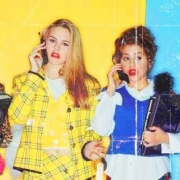


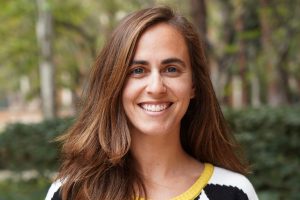 Sarah Gavish is a social scientist interested in solving humanity’s problems through conversation, collaboration, and an eventual upheaval of unquestionably flawed cultural institutions. She also likes to meditate, cook, argue, and read books. Sarah is not on social media and is happy to explain why (you shouldn’t be either)
Sarah Gavish is a social scientist interested in solving humanity’s problems through conversation, collaboration, and an eventual upheaval of unquestionably flawed cultural institutions. She also likes to meditate, cook, argue, and read books. Sarah is not on social media and is happy to explain why (you shouldn’t be either) 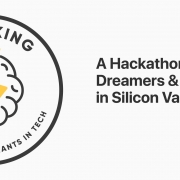
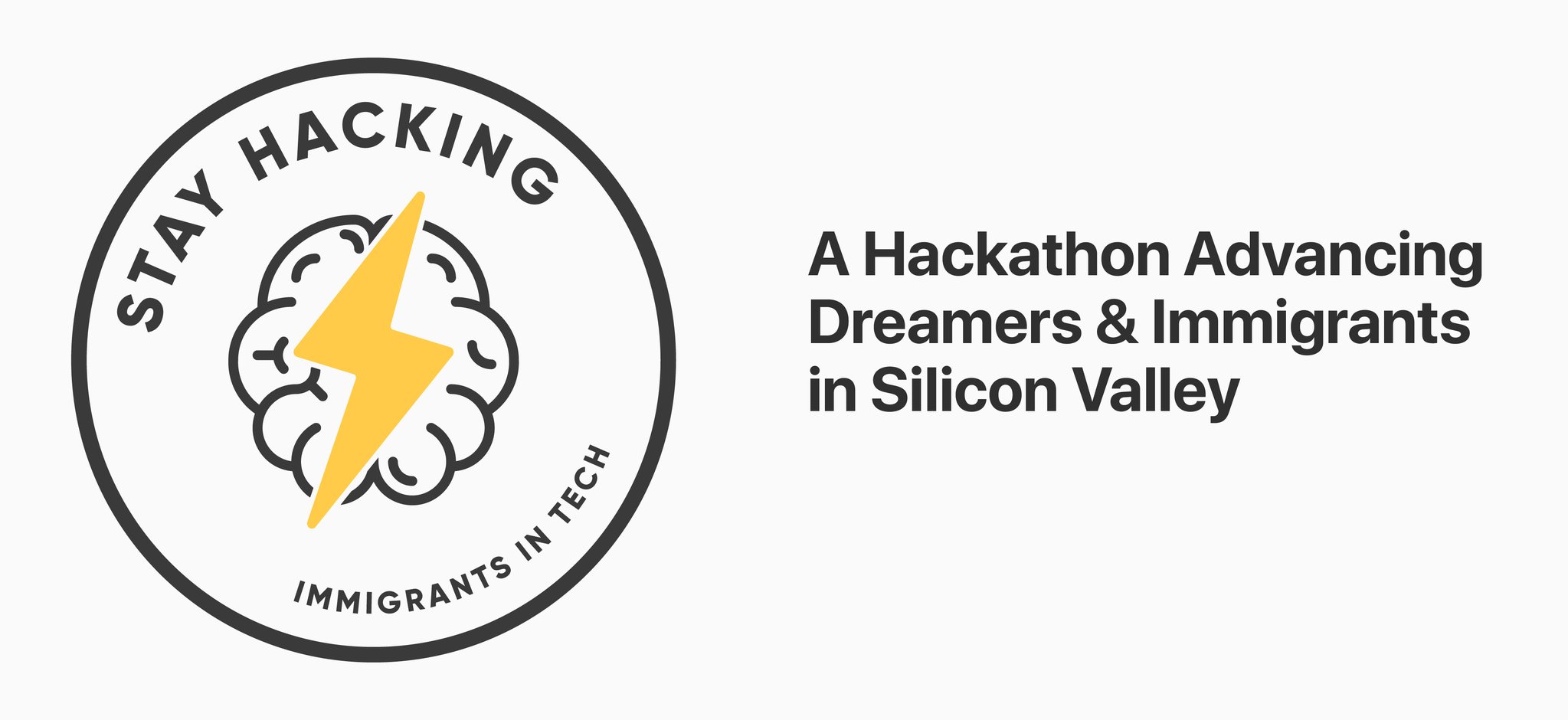
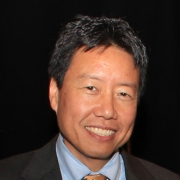

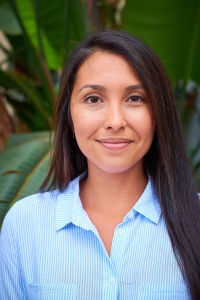
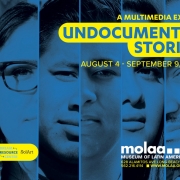
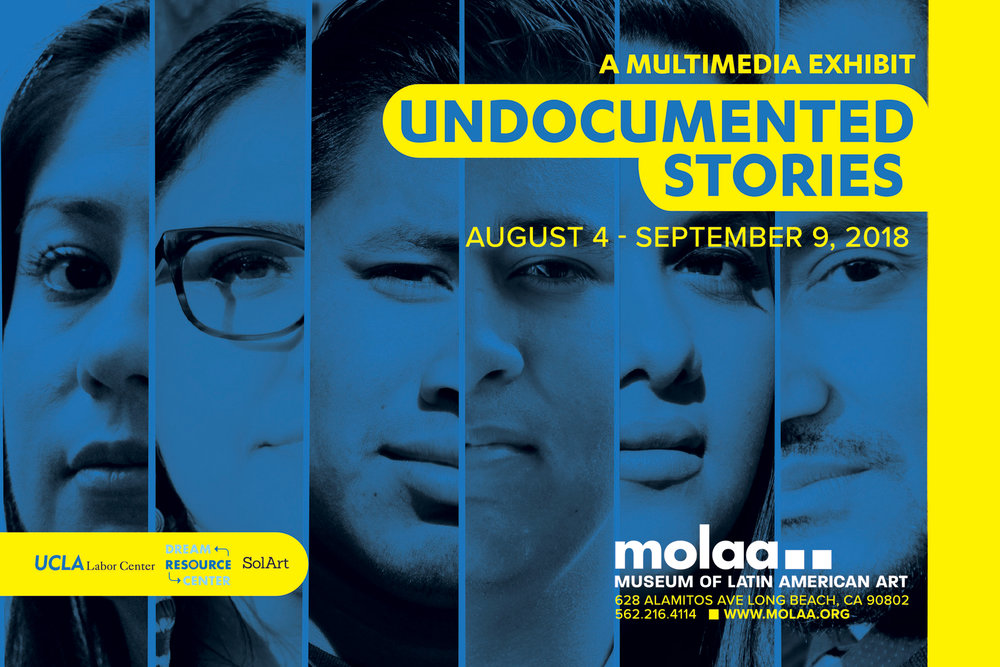
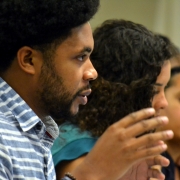
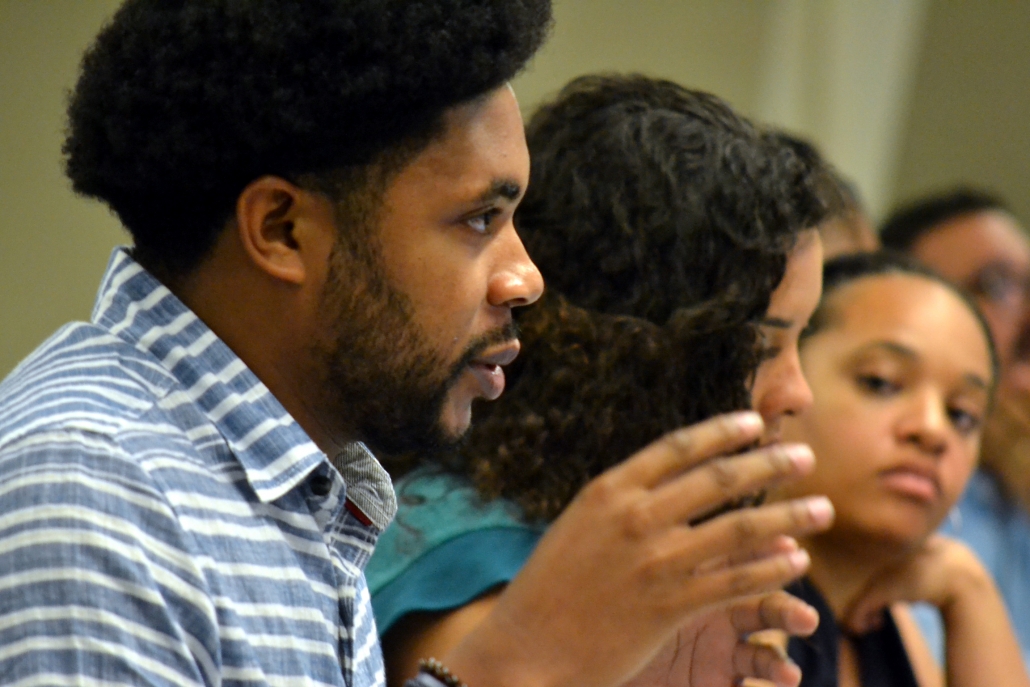
 The 2016 CMPS was the first cooperative, 100% user content driven, multi-racial, multi-ethnic, multi-lingual, post-election online survey in race, ethnicity and politics (REP) in the United States. Researchers queried more than 10,000 people in five languages — English, Spanish, Chinese, Korean and Vietnamese. To include the most comprehensive list of over 350 electoral, civic and policy-related survey questions, a team of 86 contributors from 55 colleges and universities across 18 academic disciplines contributed question content.
The 2016 CMPS was the first cooperative, 100% user content driven, multi-racial, multi-ethnic, multi-lingual, post-election online survey in race, ethnicity and politics (REP) in the United States. Researchers queried more than 10,000 people in five languages — English, Spanish, Chinese, Korean and Vietnamese. To include the most comprehensive list of over 350 electoral, civic and policy-related survey questions, a team of 86 contributors from 55 colleges and universities across 18 academic disciplines contributed question content.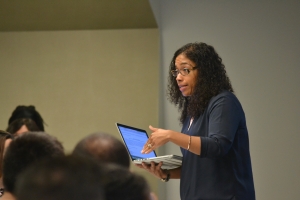 UCLA Co-Principal Investigator,
UCLA Co-Principal Investigator, 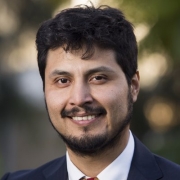
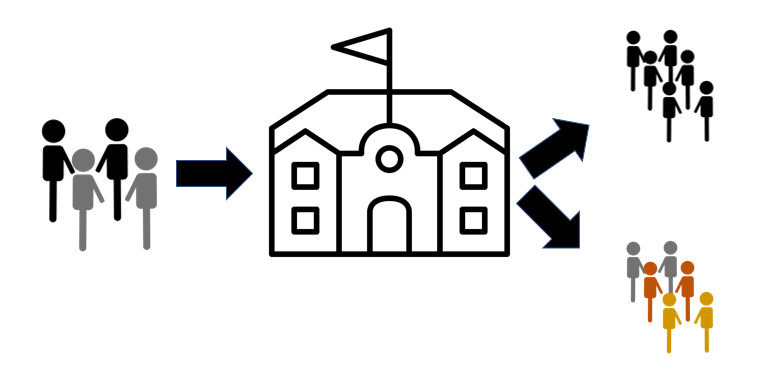
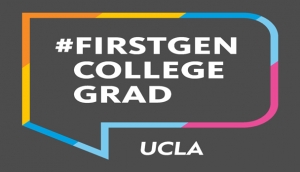

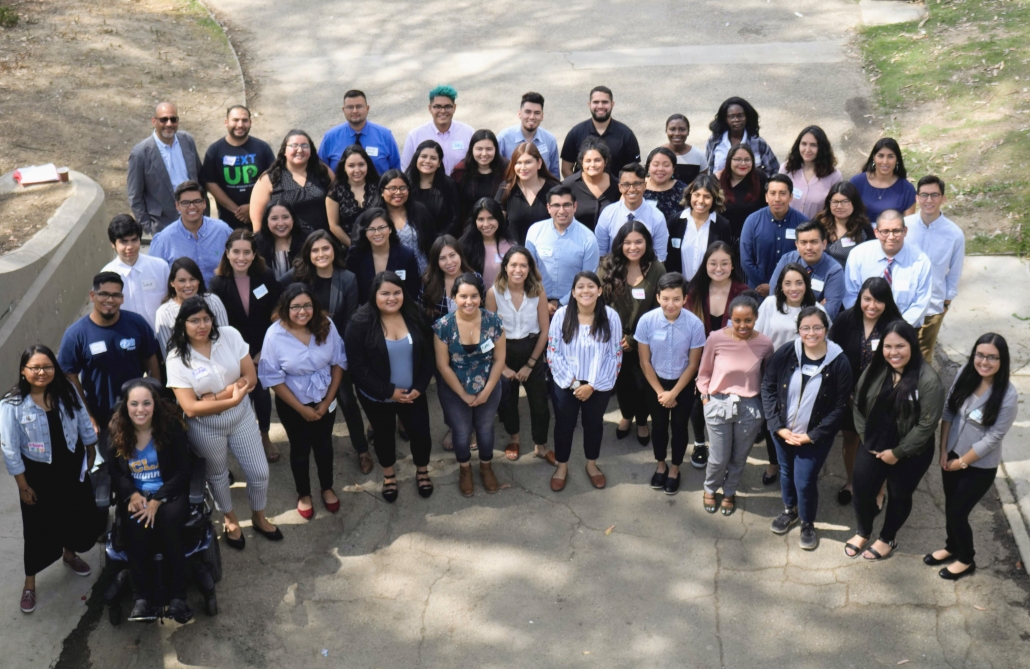

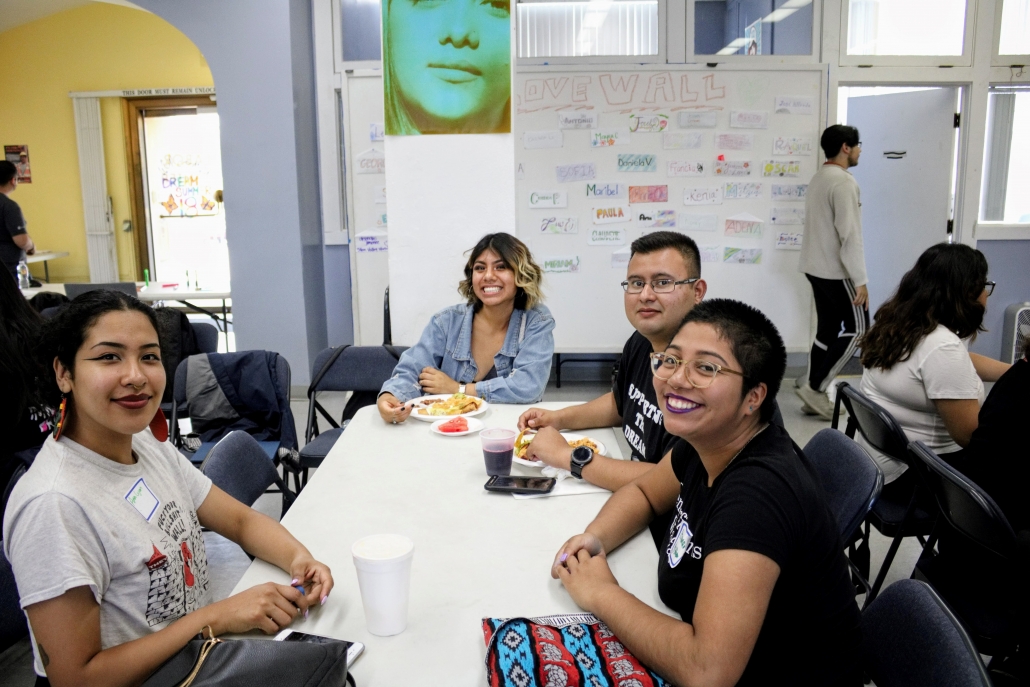 Following this retreat, participants disbursed to their respective community-based organizations and labor unions to begin their hands-on training on issues that directly impact immigrant communities.
Following this retreat, participants disbursed to their respective community-based organizations and labor unions to begin their hands-on training on issues that directly impact immigrant communities.